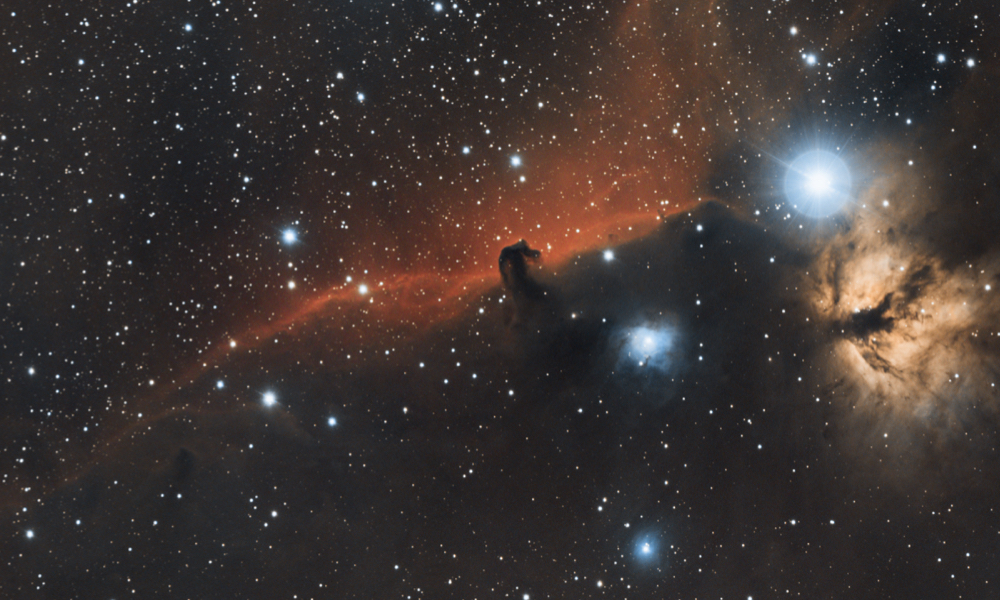
ESA Open Invitation to Tender AO9614
Open Date: 28/01/2019
Closing Date: 25/03/2019 13:00:00
Status: ISSUED
Reference Nr.: 18.1QC.09
Prog. Ref.: Technology Developme
Budget Ref.: E/0901-01 – Technology Developme
Special Prov.: BE+DK+FR+DE+IT+NL+ES+SE+CH+GB+IE+AT+NO+FI+PT+GR+LU+CZ+RO+PL+EE+HU
Tender Type: C
Price Range: 200-500 KEURO
Products: Satellites & Probes / Materials / Non-metallic / Satellites & Probes / Thermal Control / Thermal control – C&P / Other
Techology Domains: Materials and Processes / Novel Materials and Materials Technology Includes materials not yet used in space but presenting potential interest. / Material Assessment
Establishment: ESTEC
Directorate: Directorate of Tech, Eng. & Quality
Department: Product Assurance and Safety Department
Division: Materials & Components Technology Divisi
Contract Officer: Magne-Lie, Karine
Industrial Policy Measure: N/A – Not apply
Last Update Date: 31/01/2019
Update Reason: Loaded a new Clarification(English version)
In-orbit molecular contamination can rapidly degrade the performance of sensitive sub-systems, such as optical instruments, thermalcontrol surfaces and solar arrays. In existing spacecraft design, most of the effort is concerned with reducing the contamination potential at source e.g. by limiting high outgassing materials, reducing view factors between materials and the surfaces etc. Howeverthis is generally a very complex task, and, despite best efforts, contamination in-orbit cannot be fully eliminated. In addition, there is always some probability that an unforeseen contamination event can occur. Mitigation measures, such as decontamination heating can be attempted though not always successful. On the other hand, this issue would be much less worrying if the sensitive surfaces were able to ‘resist’ to contamination deposits. For such a reason, there could therefore be a fully justified interest to developcoatings which are intrinsically resistant to molecular contamination; this would permit to have most of the sensitive surfaces treated in such a way that contamination is repelled and does not stick to them. Previous studies provide already a certain level of confidence about the feasibility. For optical coatings in space, the activities related to laser induced contamination in high power lasers have shown that the porosity of the coating has a significant influence on the rate of contamination deposition, although not eliminating it completely (dense sputtered coatings are better than e-beam coatings). The effects of surface cross linking on the contamination resistance of a modified polymer surface has also been studied theoretically, and recent work by other investigators also suggests that a fluorinated self-assembled mono-layer coating can act to repel contamination from a surface. Following a review ofthe available potential techniques, the study should aim at identifying candidate material/coating combinations at first. It is expected that this will also involve modification of the physico-chemical surface of candidate coatings. As the coating thickness will be very thin, other properties shall not be influenced. Test samples of candidate materials should then be manufactured and tested under different controlled contaminating environments. In summary, the tasks to be performed include a review of potential techniquesavailable, identification of candidate material/coating combinations, manufacture of test samples, and contamination susceptibilitytesting.The major system level benefits that are here identified are the following:- Easier achievement when strict cleanliness requirements are needed- Reduce system level needs for bake-outs if only way to achieve CC requirements- Ease of AIT activities (less prone to cleanliness effects)- In orbit commissioning could be reduced, i.e. a payload could operate earlier- Reduced de-contamination needs in orbit -> reduced power and complexity of design, longer operation time of payloads
